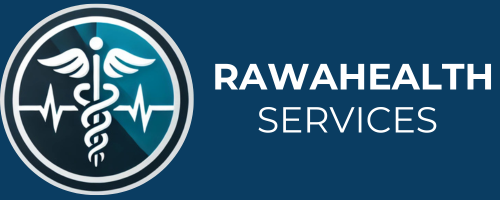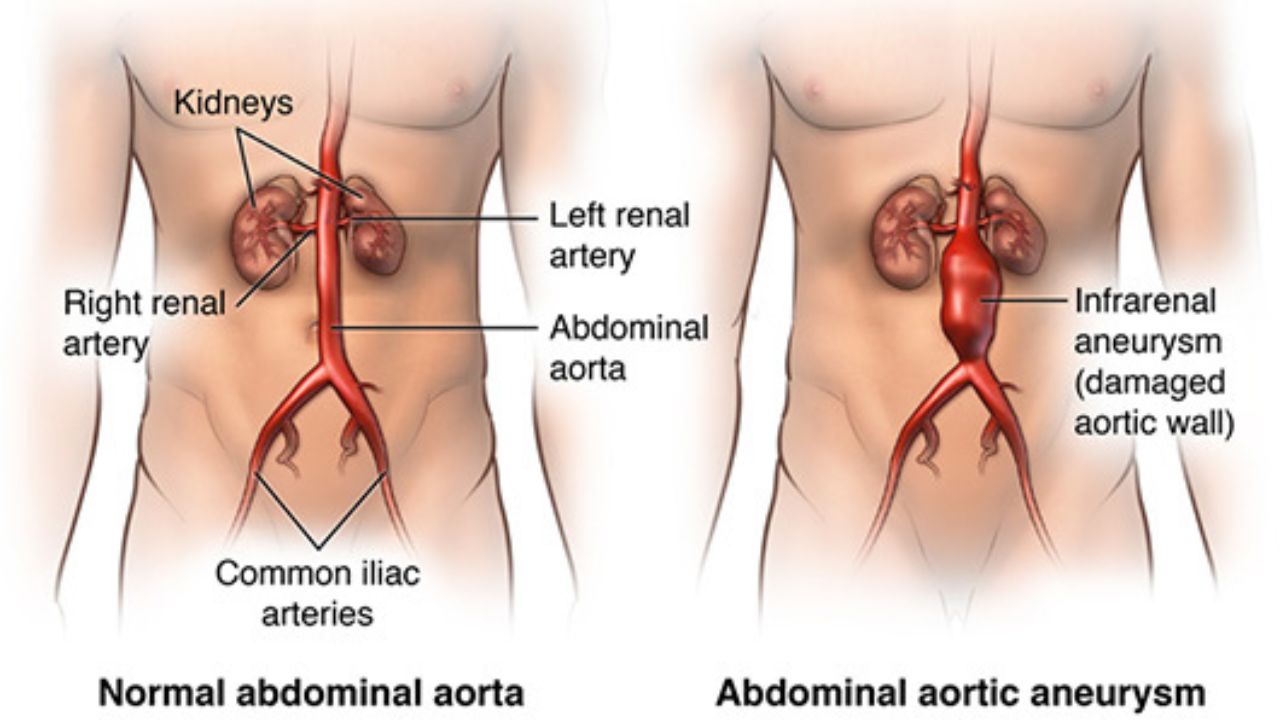Abdominal Aortic Aneurysm Treatment in India
Abdominal Aortic Aneurysm Treatment (AAA) is a condition where the abdominal aorta, the primary blood vessel carrying blood from the heart to the lower body, becomes abnormally enlarged. This enlargement occurs due to a weakening of the aortic wall, which can lead to a dangerous rupture if not treated. Common among older men, especially those with risk factors such as smoking, high blood pressure, or a family history of AAA, this condition requires timely intervention to prevent serious complications.
Types of Abdominal Aortic Aneurysms
1. By Shape:
- Fusiform AAA: The most common type, accounting for 80-90% of cases. It affects the entire circumference of the aorta and is more prevalent in older males.
- Saccular AAA: Less common, representing 10-20% of cases. It forms a bulge on one side of the aorta and poses a higher risk of rupture.
2. By Location:
- Infrarenal AAA: Occurs below the kidneys and constitutes about 95% of cases. More common in men and increases with age.
- Juxtarenal AAA: Located near the kidneys, it affects 2-5% of patients and has a higher rupture risk.
- Suprarenal AAA: The rarest form, occurring above the kidneys. It carries significant risks and is more common in women.
3. By Size:
- Small AAA: Less than 5.5 cm in diameter, requiring monitoring but generally low risk of rupture.
- Large AAA: Over 5.5 cm in diameter, with a higher risk of rupture and usually requires surgical intervention.
4. By Symptoms:
- Symptomatic AAA: Presents with symptoms such as abdominal pain, back pain, or pulsation. Requires immediate medical attention.
- Asymptomatic AAA: Detected incidentally during imaging for other conditions.
Risk Factors and Prevention
The exact cause of AAA is not fully understood, but factors include aging, gender (more common in men), family history, smoking, high blood pressure, and atherosclerosis. Genetic disorders like Marfan syndrome and Ehlers-Danlos syndrome also increase risk.
Prevention Strategies:
- Quit Smoking: Reduces the risk of AAA development and improves cardiovascular health.
- Control Blood Pressure and Cholesterol: Essential for lowering AAA risk.
- Maintain a Healthy Weight and Diet: Promotes overall cardiovascular health and reduces AAA risk.
Conclusion
In India, timely diagnosis and treatment of AAA can significantly improve outcomes. Regular screening and lifestyle modifications play a crucial role in managing and preventing this potentially life-threatening condition.





